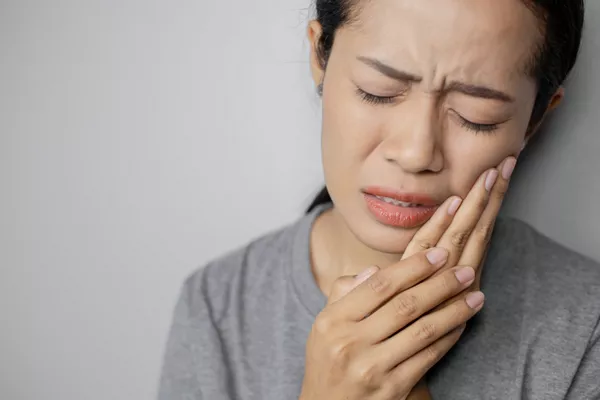Wisdom tooth extraction is a common dental procedure that requires careful post-operative care to promote optimal healing and prevent complications. Proper oral hygiene practices, including brushing, are crucial during the recovery period to maintain oral health and reduce the risk of infection. However, knowing when to resume brushing after wisdom tooth extraction can be confusing for patients, as it’s essential to balance the need for cleanliness with the need to avoid disrupting the healing process. In this article, we’ll discuss the importance of brushing after wisdom tooth extraction, guidelines for when to start brushing, and tips for gentle oral care during the recovery period.
The Importance of Oral Hygiene After Wisdom Tooth Extraction
Maintaining good oral hygiene is essential after wisdom tooth extraction to prevent infection and promote healing. The surgical site is vulnerable to bacterial colonization, which can lead to complications such as dry socket, infection, and delayed healing. Brushing and proper oral care help remove food particles, bacteria, and debris from the mouth, reducing the risk of complications and ensuring a smooth recovery.
Immediate Post-Operative Care
In the immediate aftermath of wisdom tooth extraction, it’s essential to follow your dentist or oral surgeon’s post-operative instructions closely. In most cases, patients are advised to avoid brushing the surgical site for the first 24 to 48 hours after the procedure to allow for initial clot formation and minimize the risk of dislodging the blood clot. During this time, gentle rinsing with warm saltwater or prescribed mouthwash can help keep the area clean without disturbing the healing process.
When to Start Brushing
The timing for resuming brushing after wisdom tooth extraction can vary depending on individual healing progress and the complexity of the procedure. In general, most dentists recommend waiting at least 24 to 48 hours before gently brushing the teeth adjacent to the surgical site. However, it’s crucial to consult with your dentist or oral surgeon for personalized guidance based on your specific case.
Once your dentist gives you the green light to resume brushing, it’s essential to proceed with caution and adopt a gentle approach to avoid causing any trauma to the surgical site. Here are some tips for brushing after wisdom tooth extraction:
Use a Soft-Bristled Toothbrush: Choose a toothbrush with soft bristles to minimize irritation and discomfort while brushing. Avoid using a toothbrush with hard or firm bristles, as they can be too abrasive and potentially damage the sensitive tissue around the extraction site.
Brush Gently: When brushing near the surgical site, use gentle, circular motions to clean the teeth and gums without putting undue pressure on the extraction site. Be careful not to scrub vigorously or brush too forcefully, as this can disrupt the healing process and increase the risk of complications.
Avoid the Surgical Site: While it’s essential to keep the surrounding teeth clean, avoid brushing directly over the surgical site until it has fully healed. Instead, focus on gently cleaning the teeth and gums adjacent to the extraction site to maintain oral hygiene without causing discomfort or disrupting the healing process.
Rinse Thoroughly: After brushing, rinse your mouth thoroughly with water or a prescribed mouthwash to remove any remaining toothpaste or debris. Be gentle when swishing to avoid dislodging the blood clot or irritating the surgical site.
Be Mindful of Sensitivity: It’s normal to experience some sensitivity and discomfort around the surgical site, especially in the days immediately following the procedure. If brushing causes excessive pain or bleeding, stop and consult with your dentist for further guidance.
Conclusion
Brushing plays a crucial role in maintaining oral hygiene and promoting healing after wisdom tooth extraction. While it’s essential to wait at least 24 to 48 hours before resuming brushing to allow for initial clot formation and minimize the risk of complications, it’s equally important to adopt a gentle approach when brushing near the surgical site. By using a soft-bristled toothbrush, brushing gently, avoiding the surgical site, rinsing thoroughly, and being mindful of sensitivity, patients can effectively clean their teeth and gums while supporting the healing process. As always, consult with your dentist or oral surgeon for personalized guidance and recommendations based on your individual needs and circumstances.
What Does A Dental Implant Involve
How Much Is A Wisdom Tooth Extraction With Insurance
What To Do After Getting Wisdom Teeth Out





























